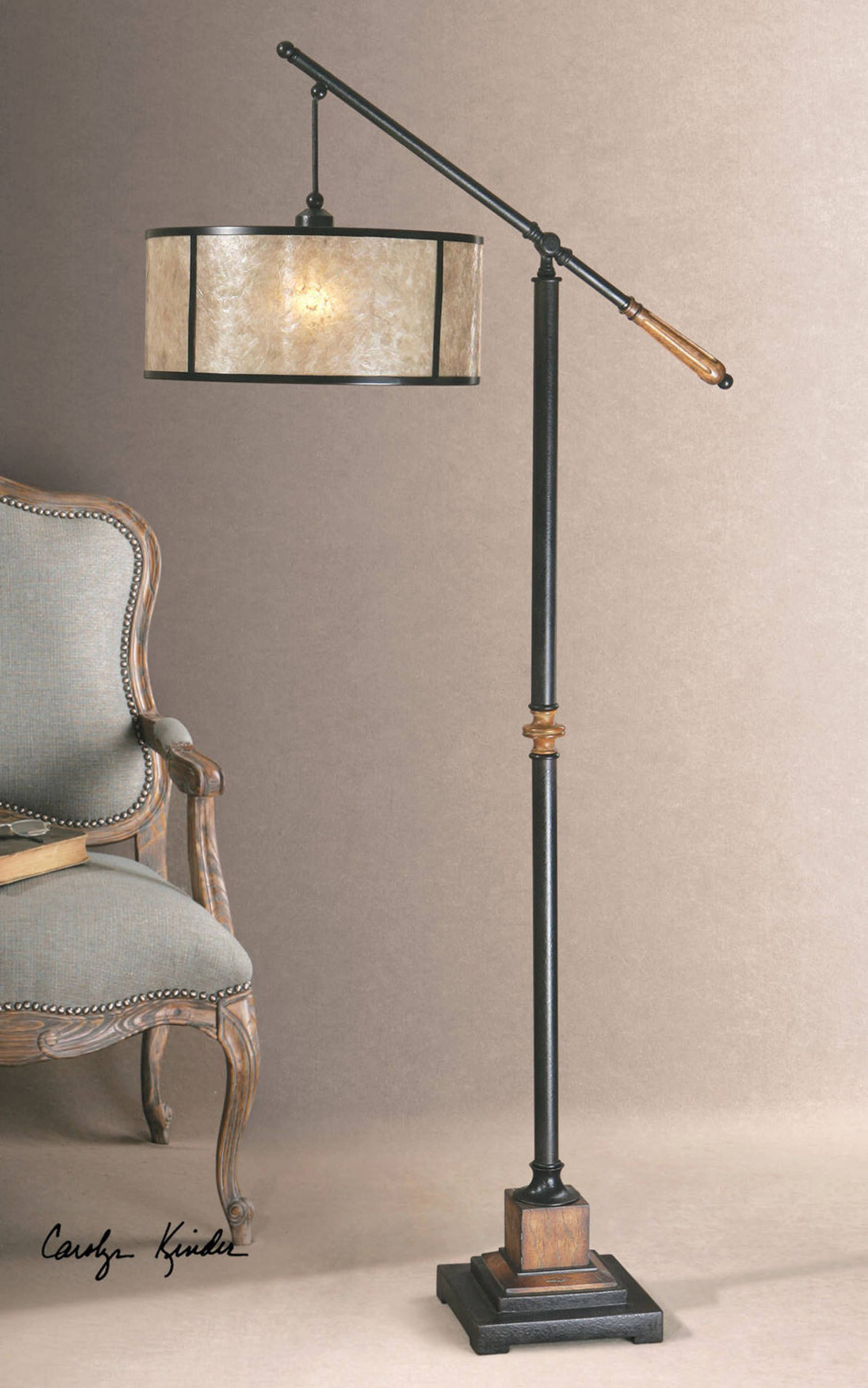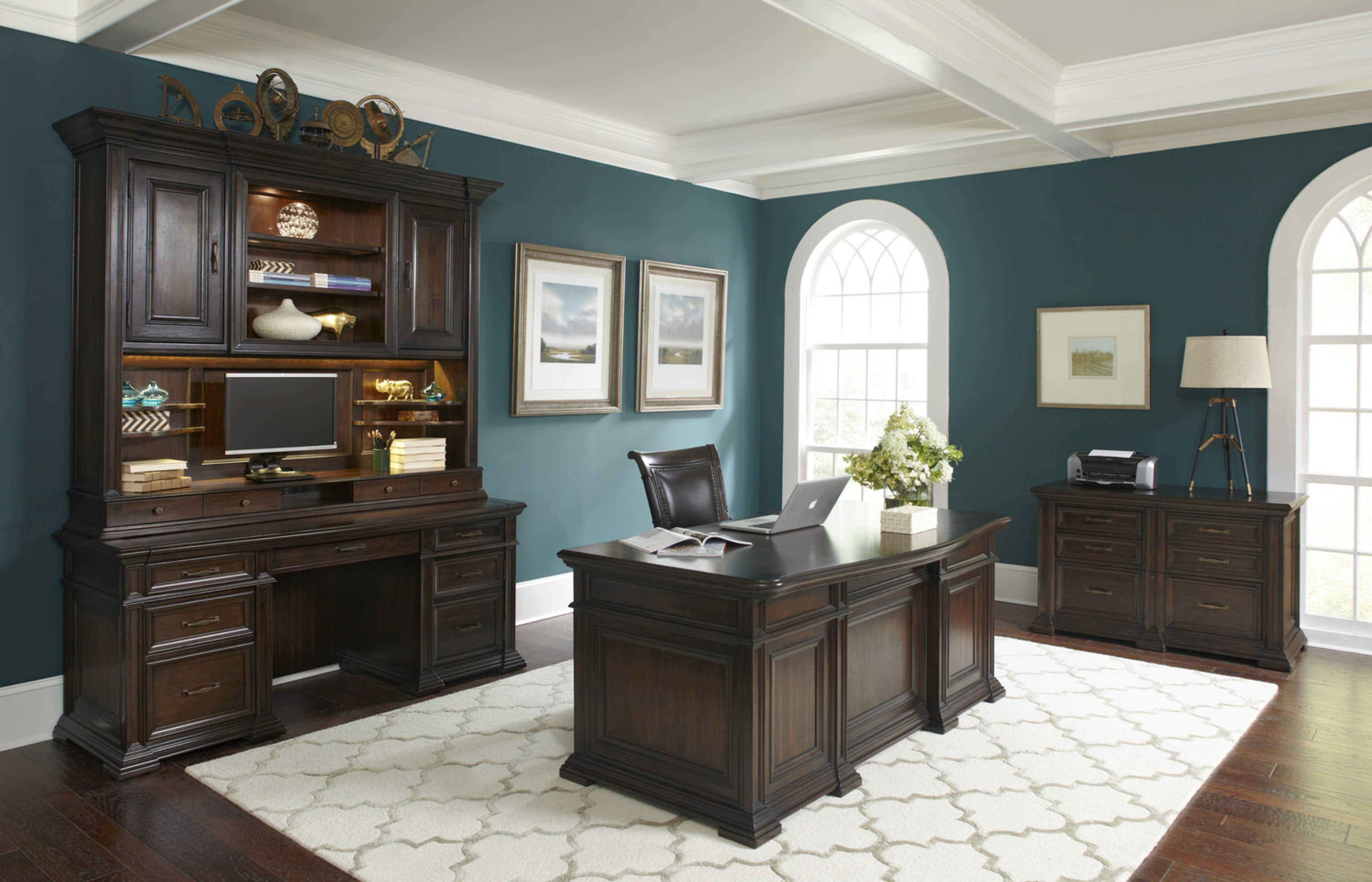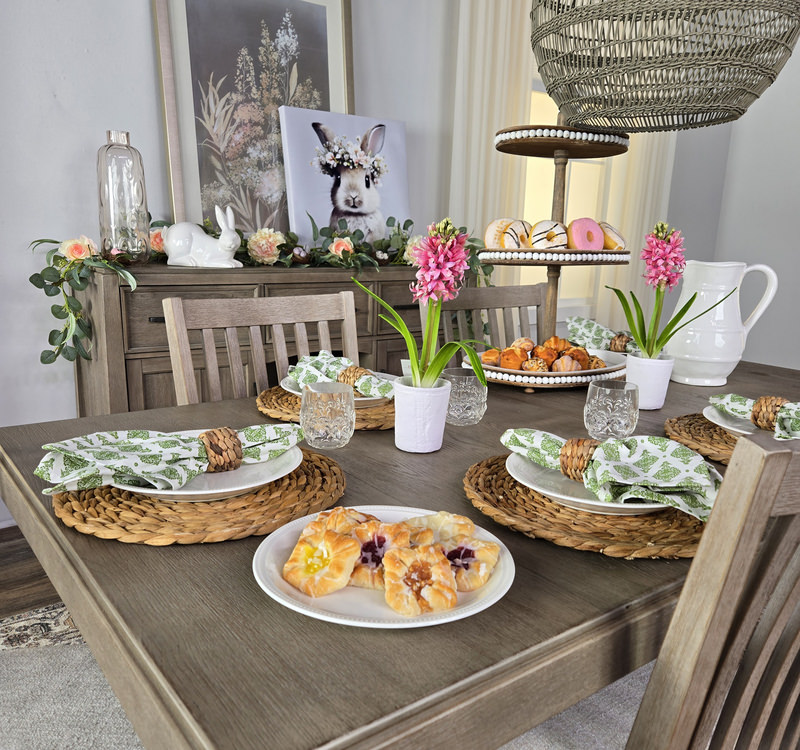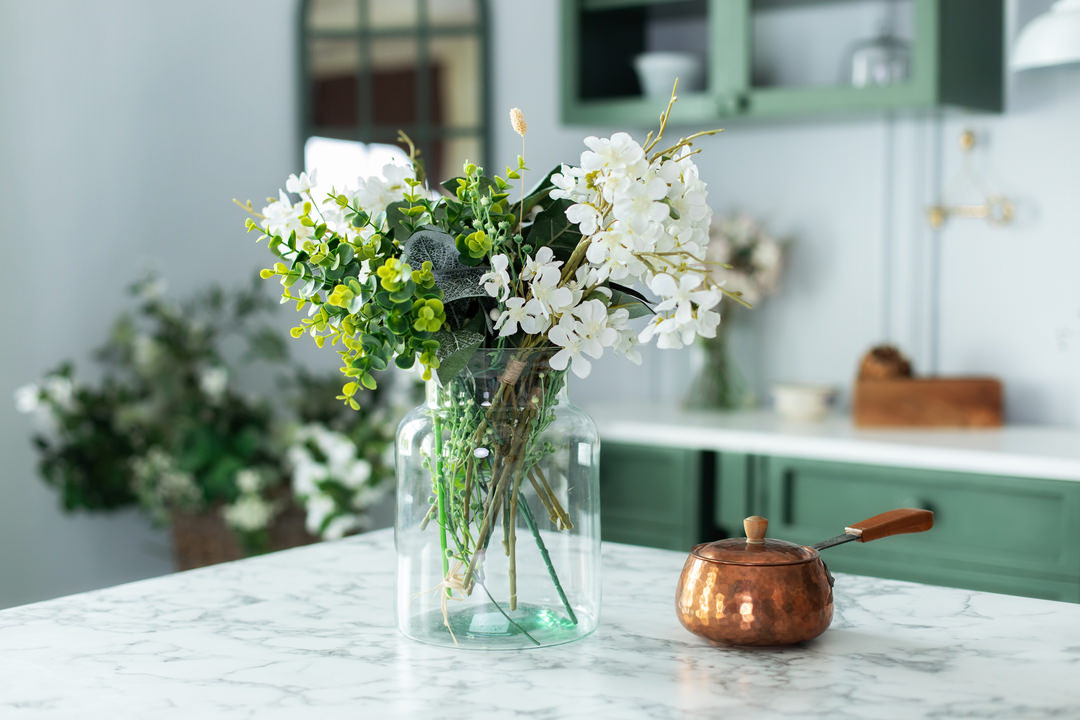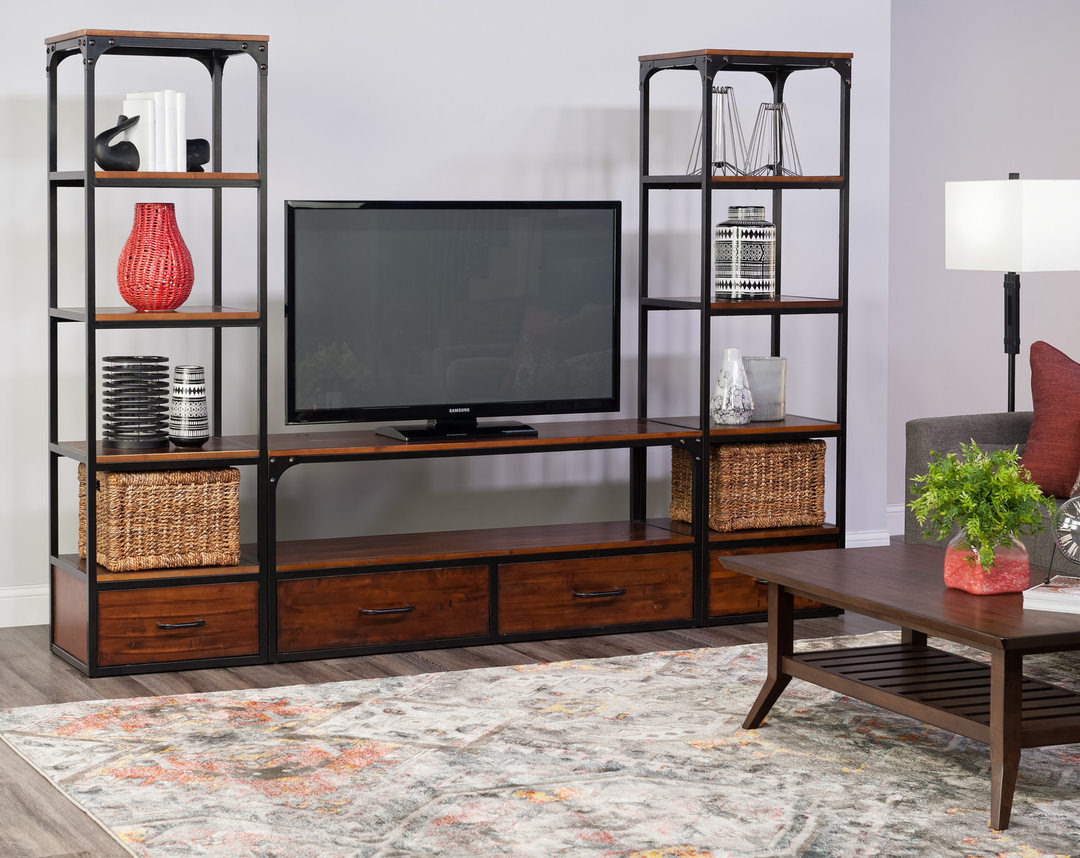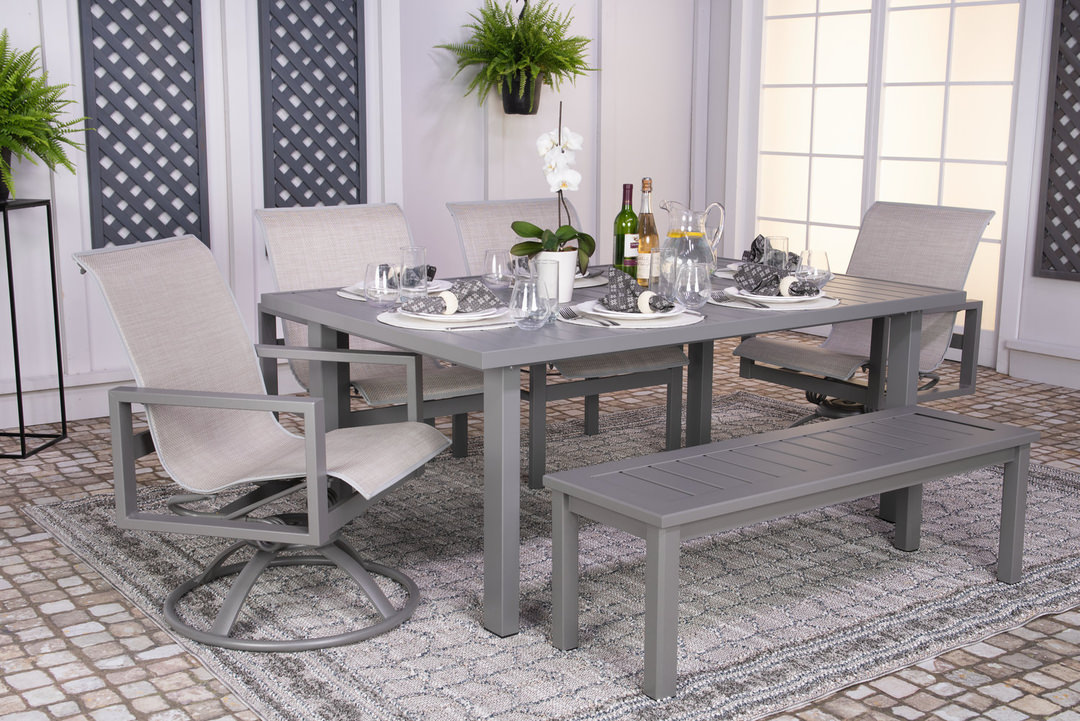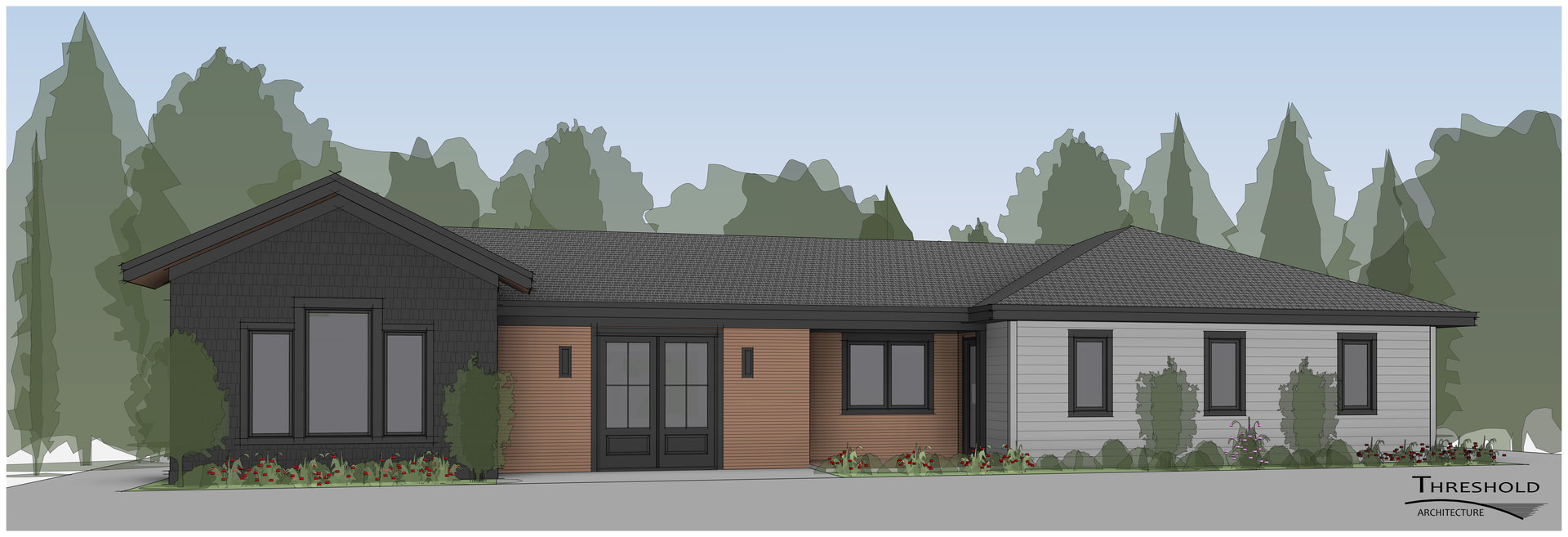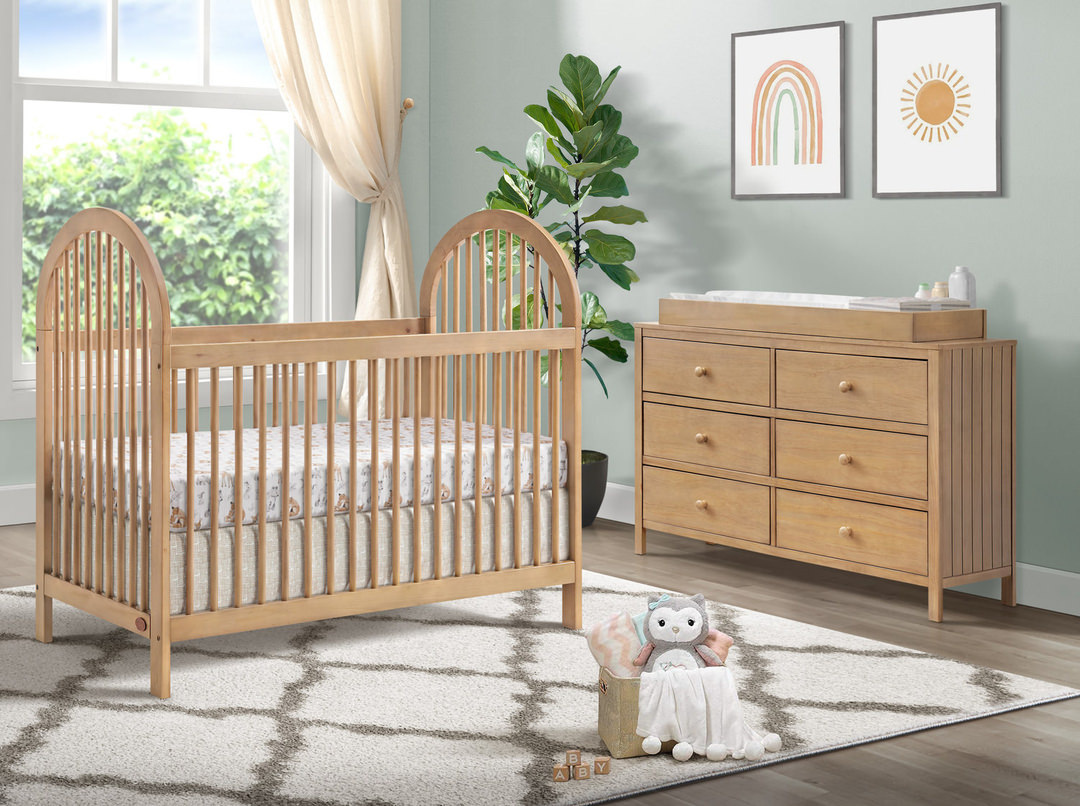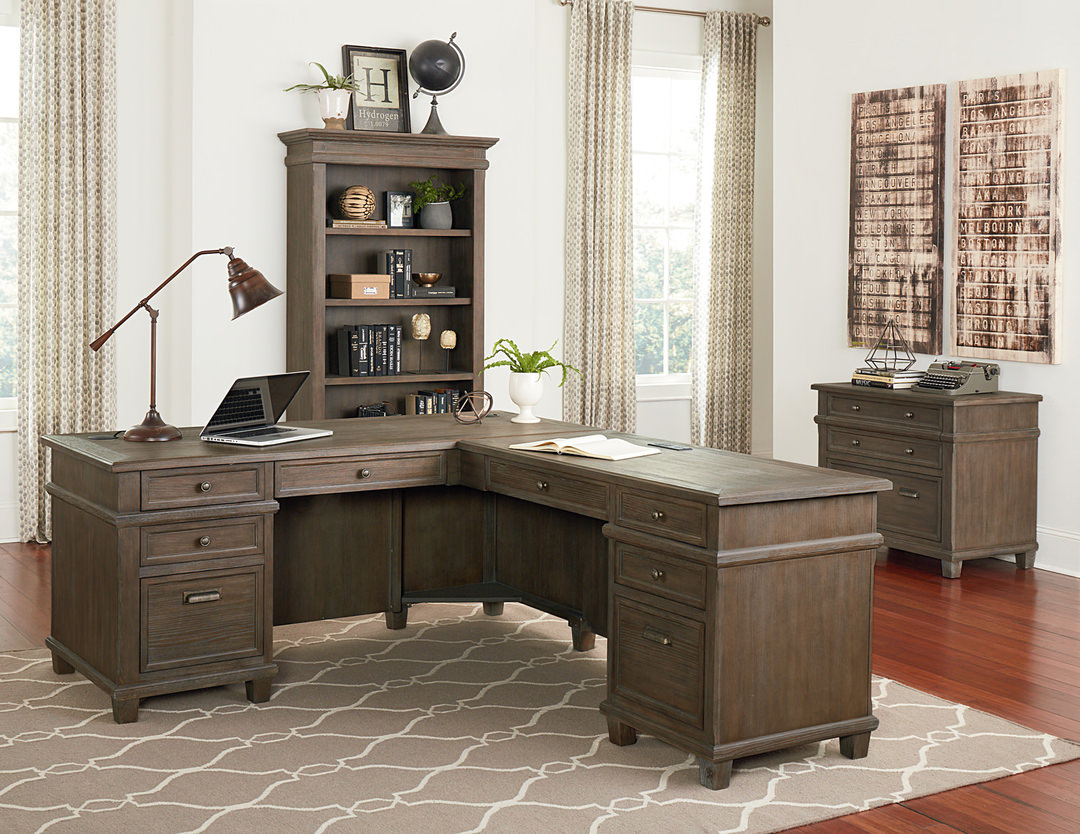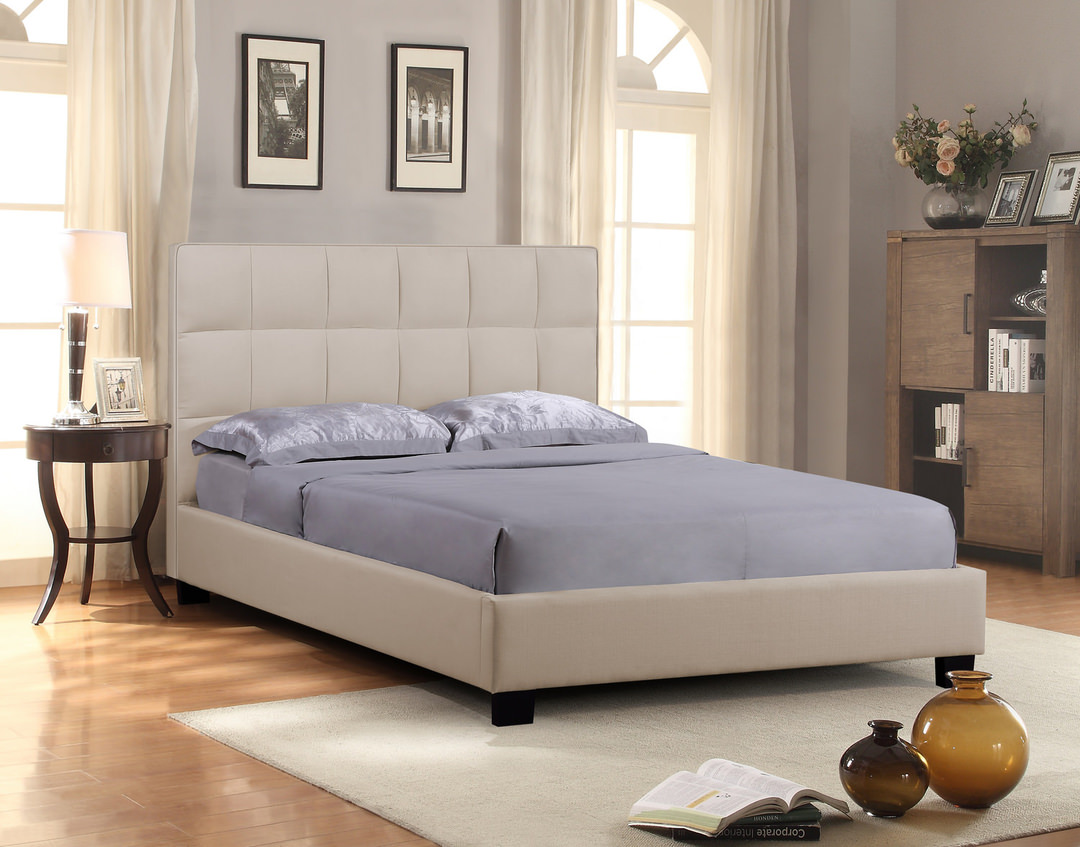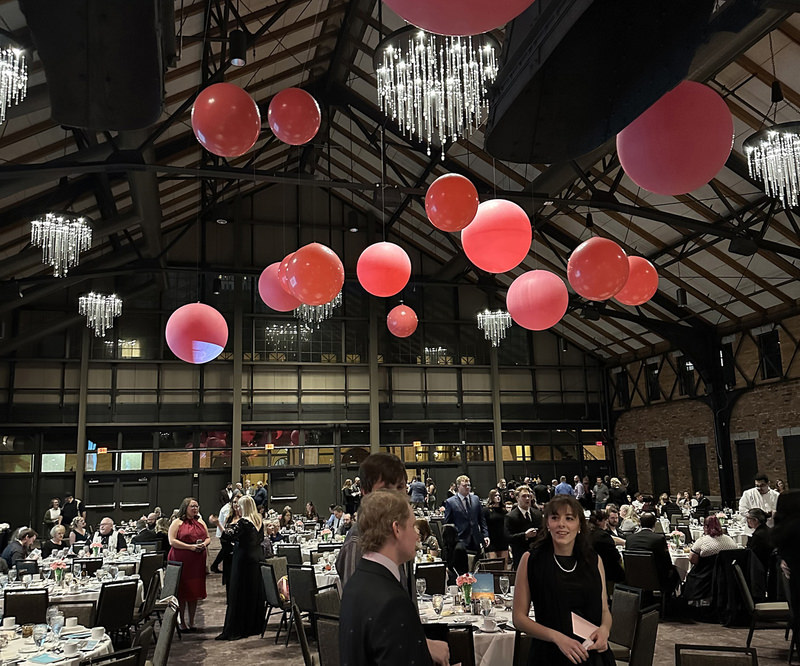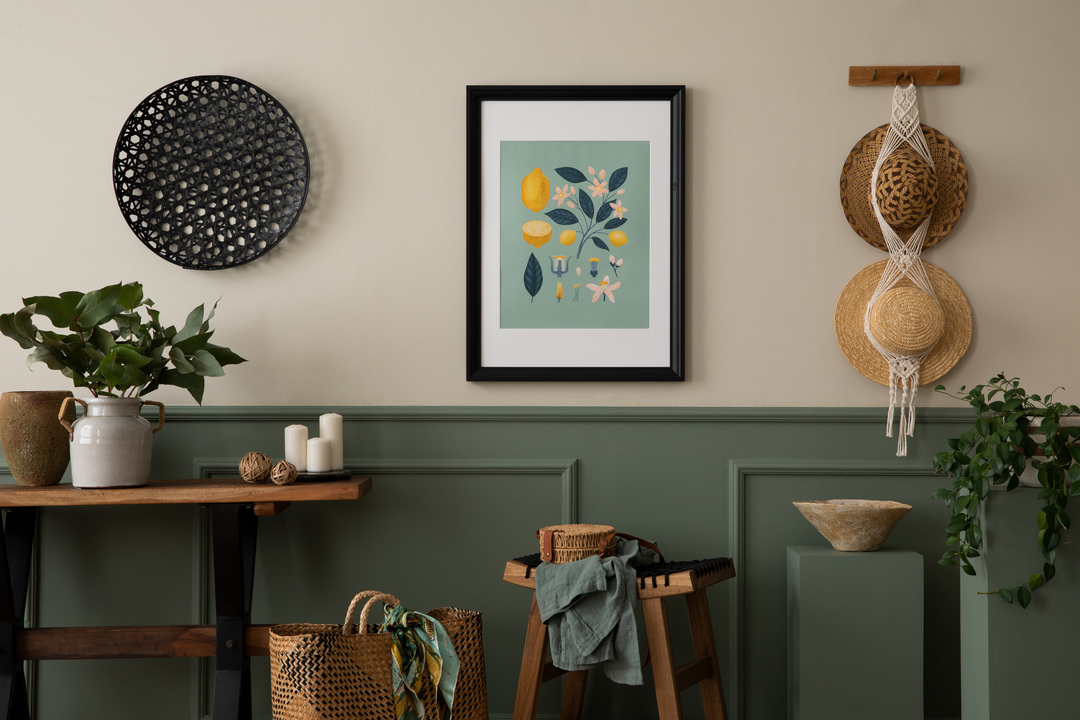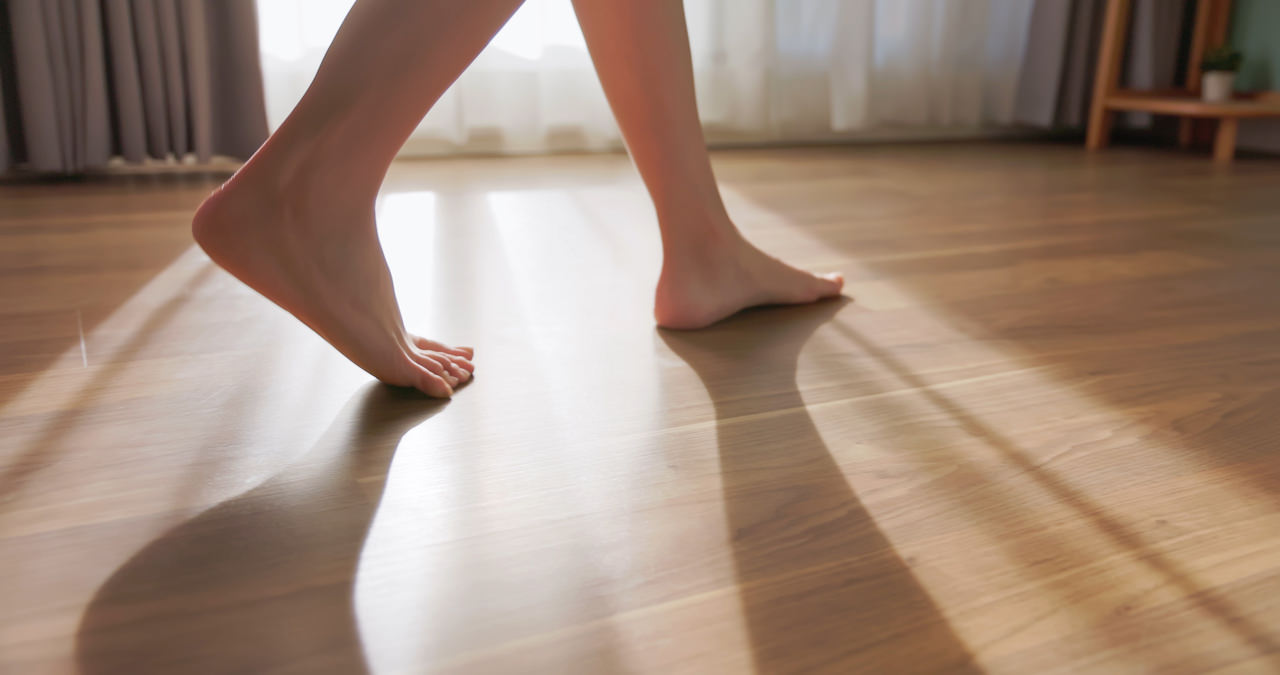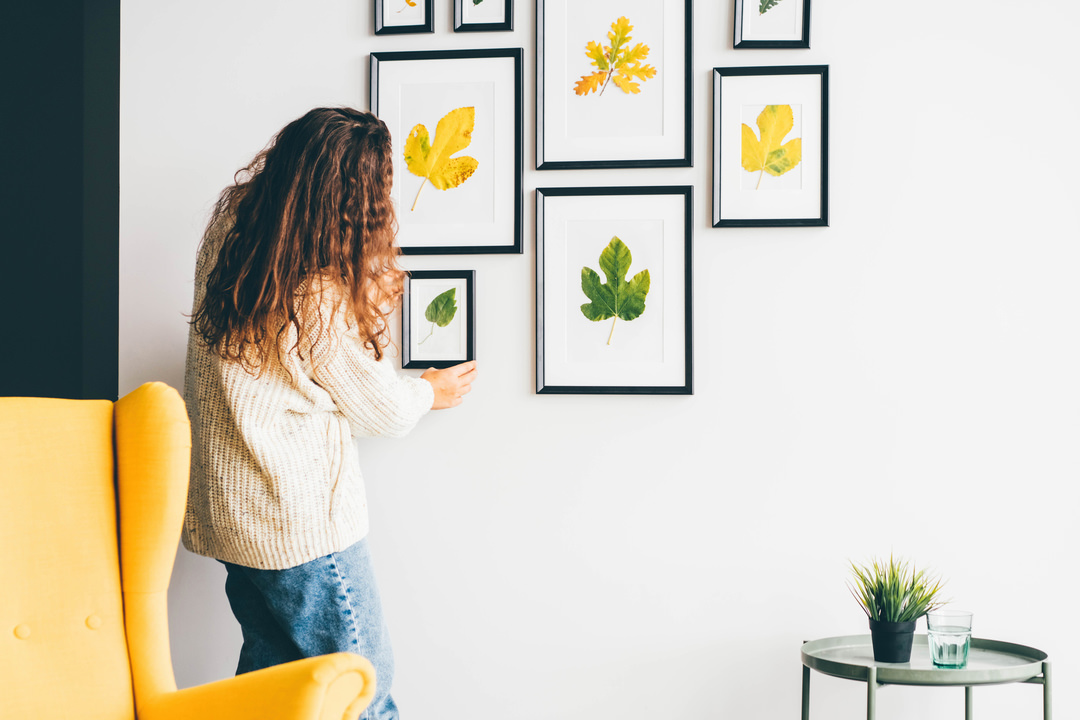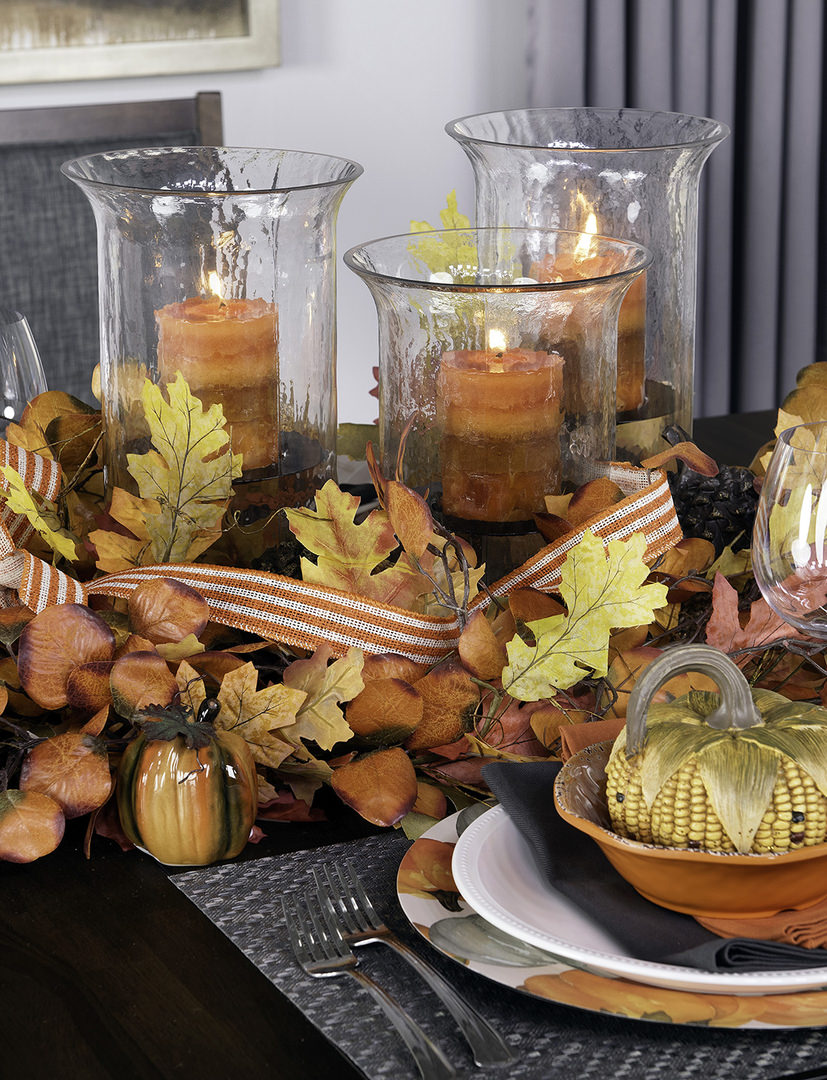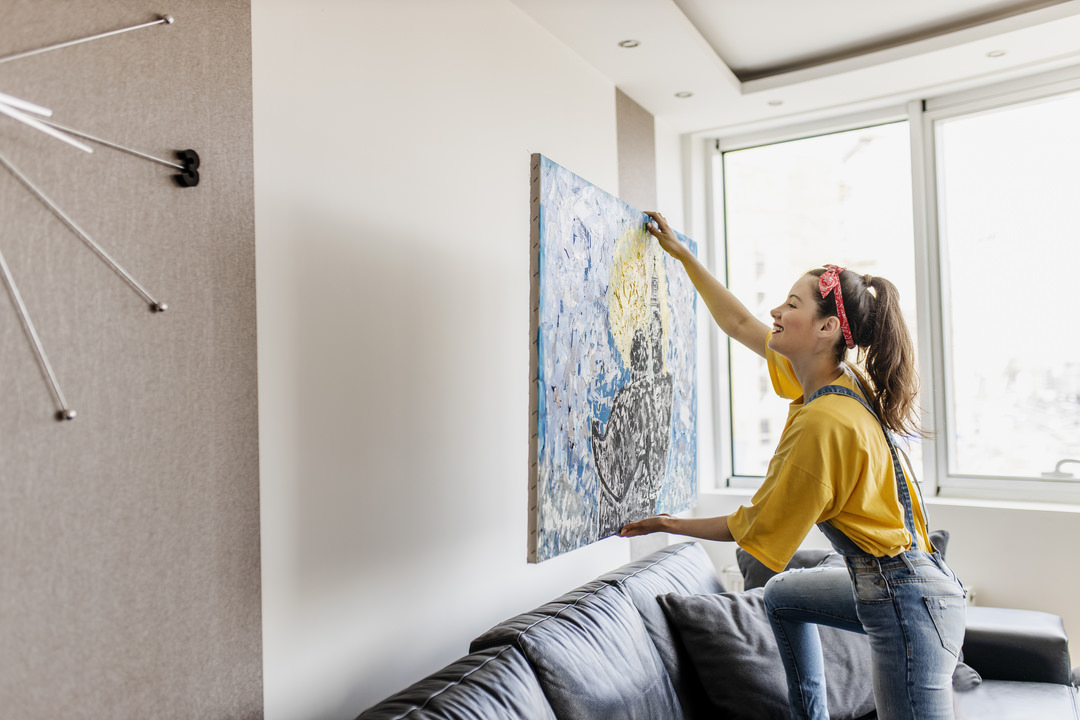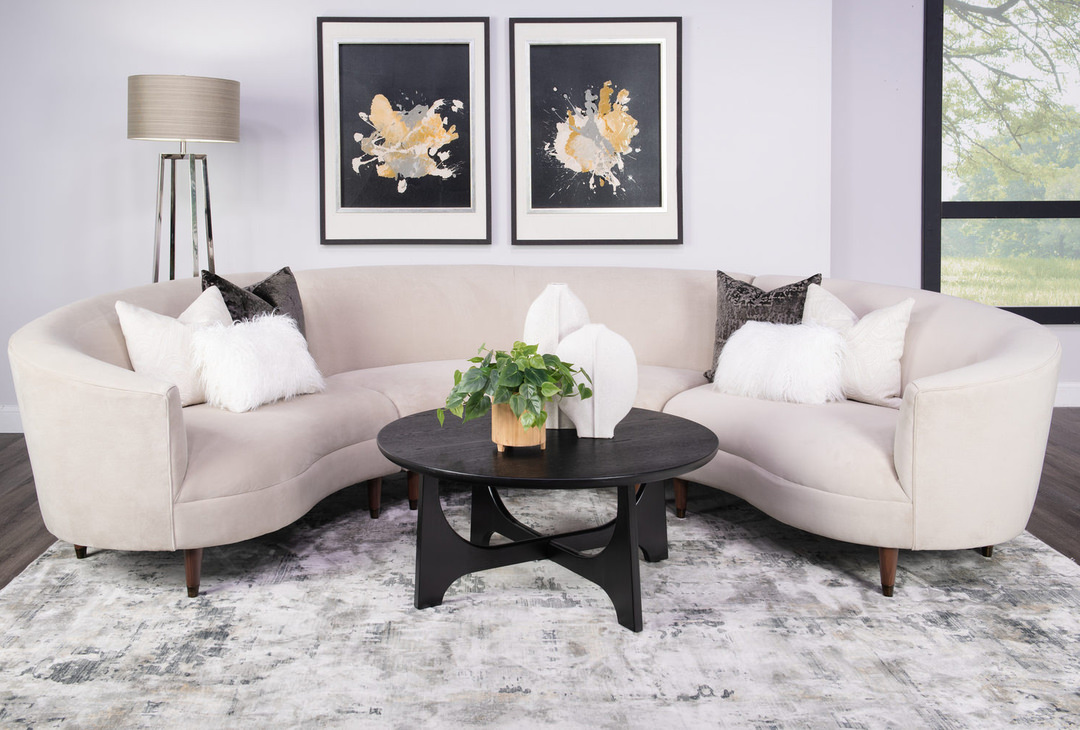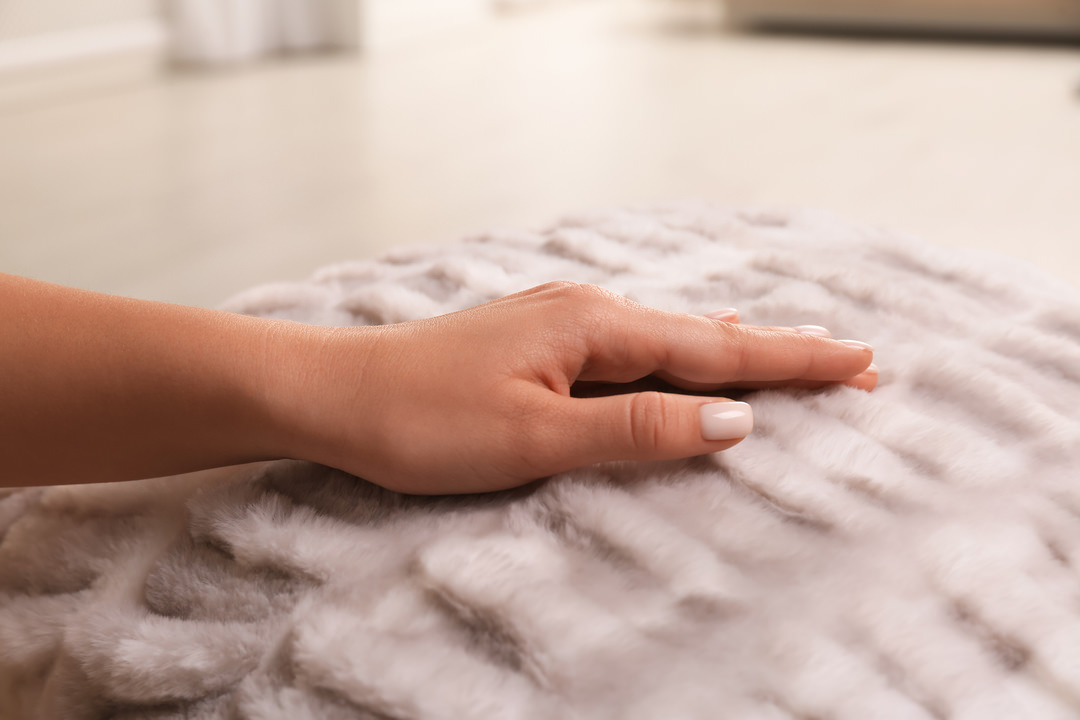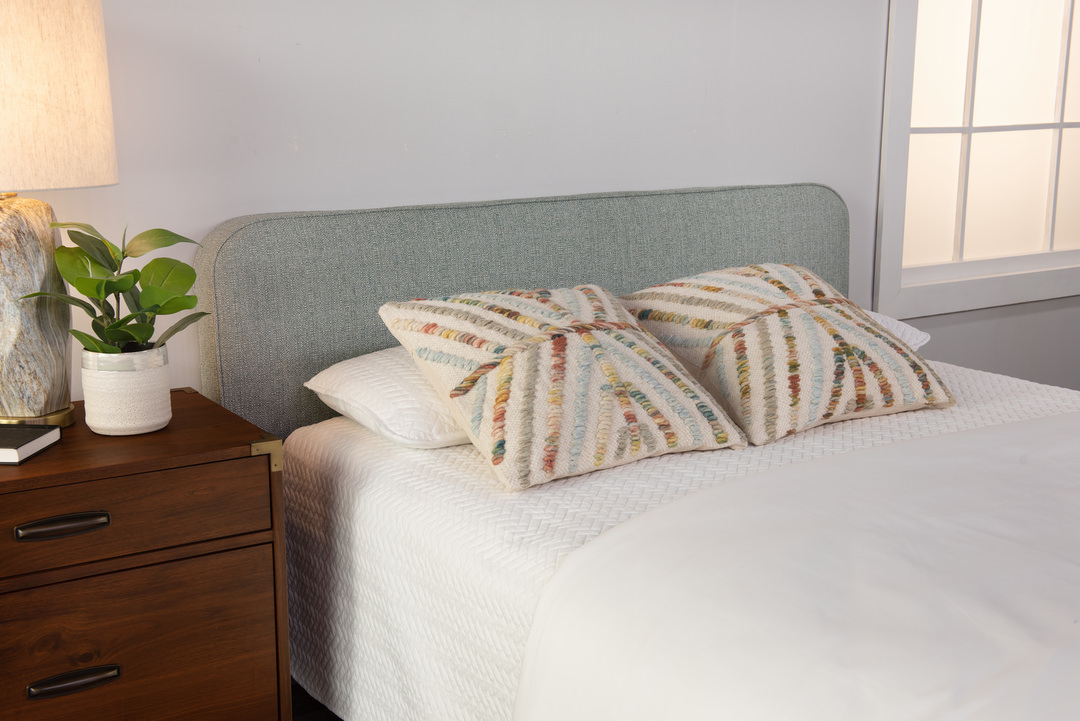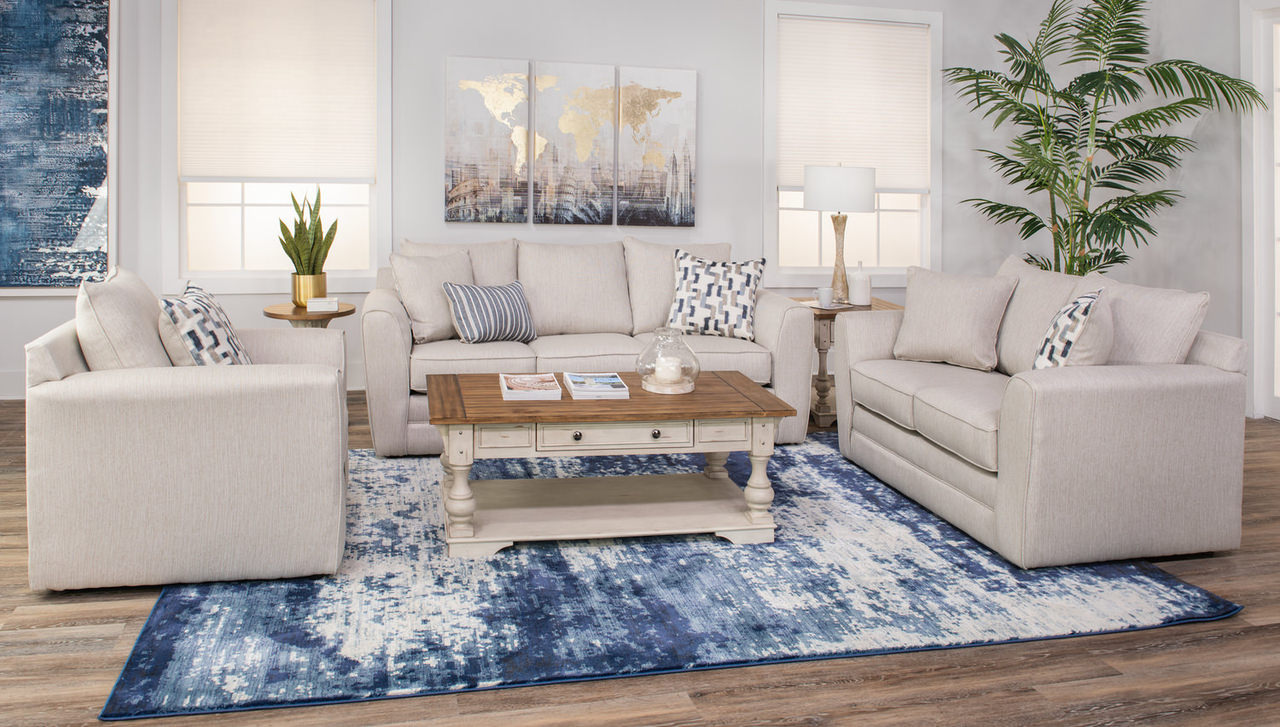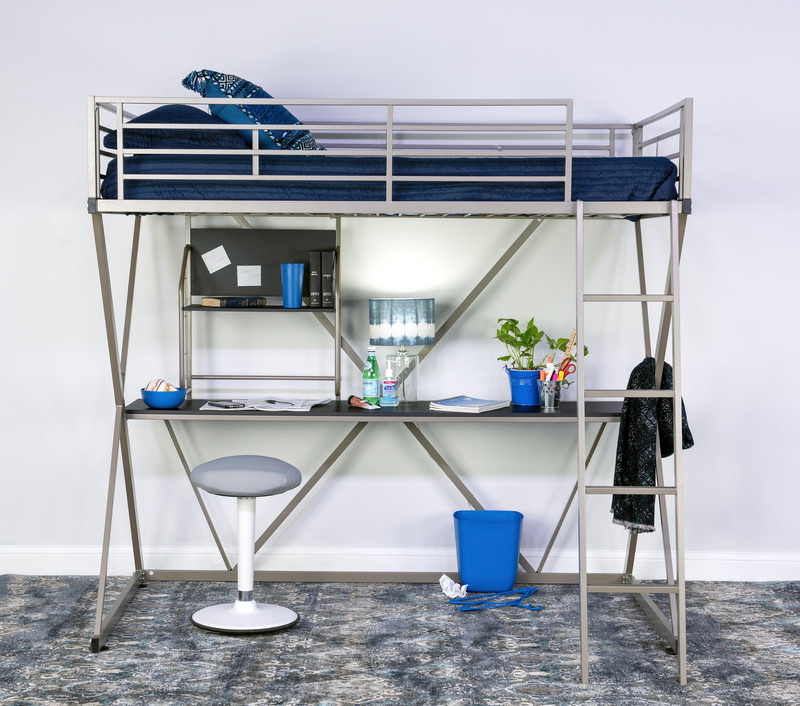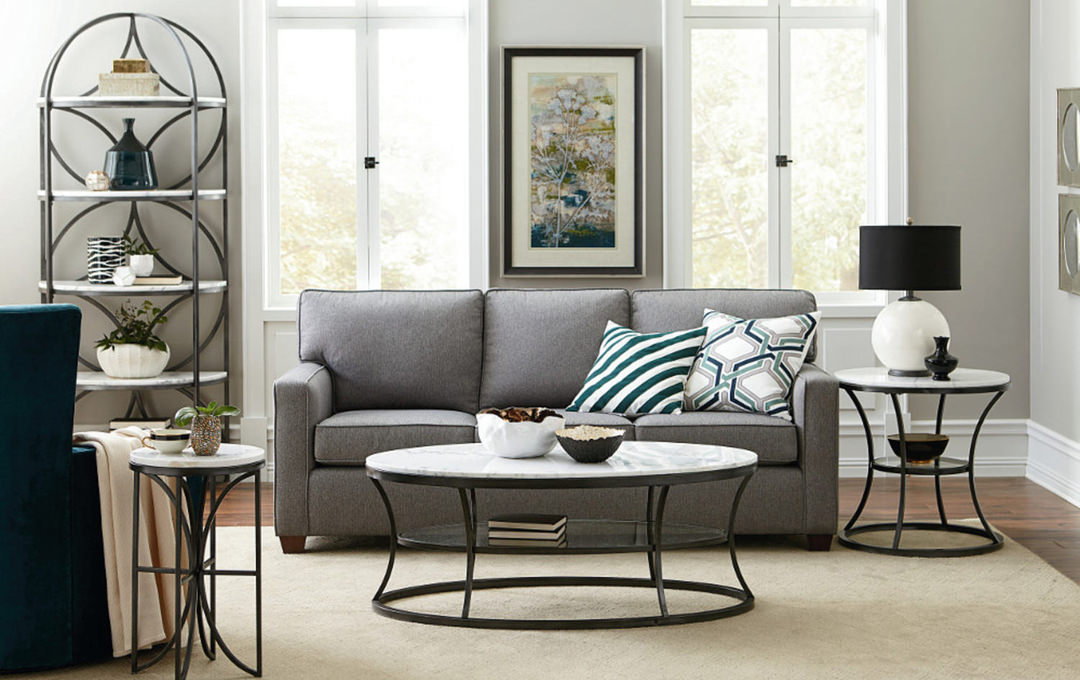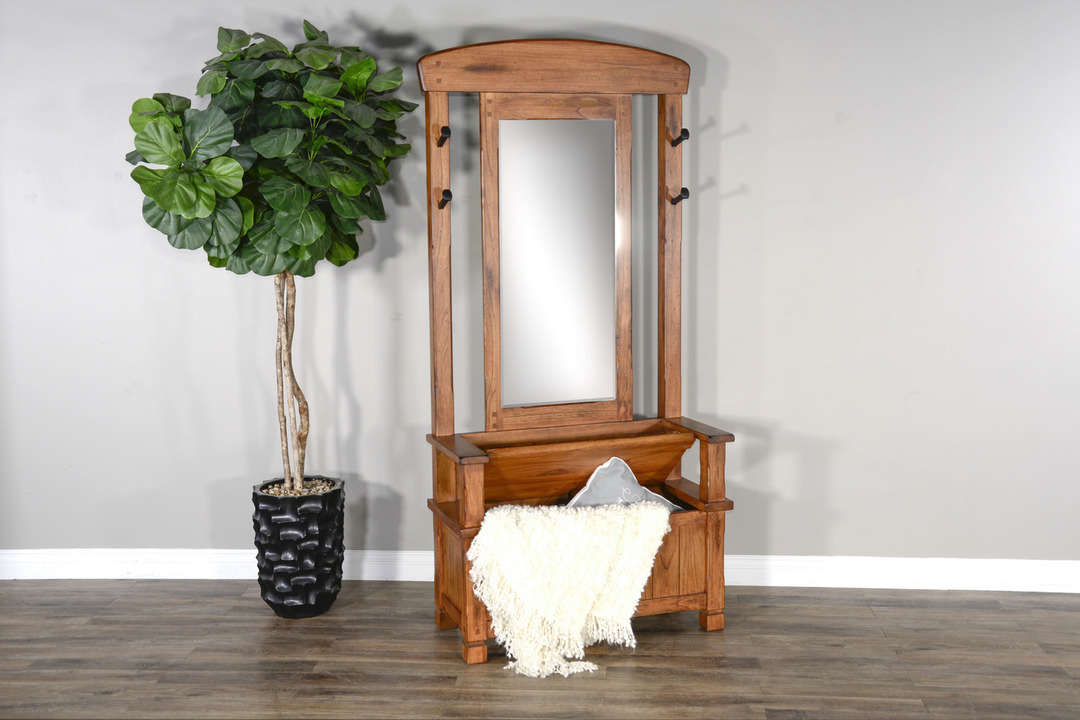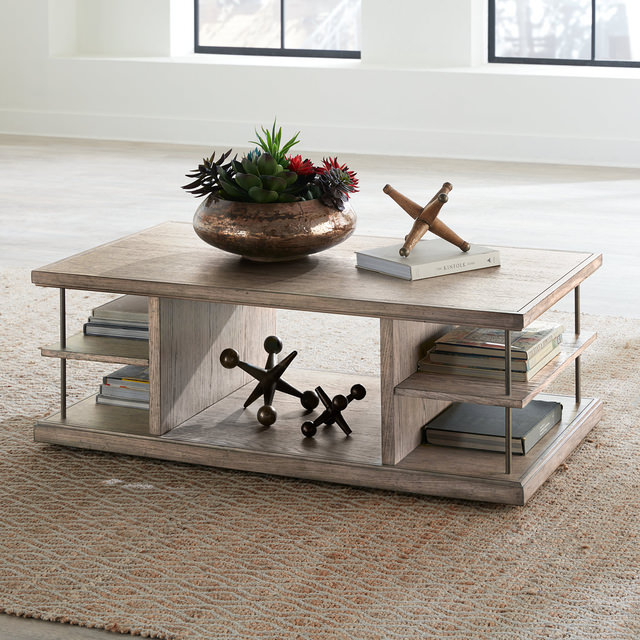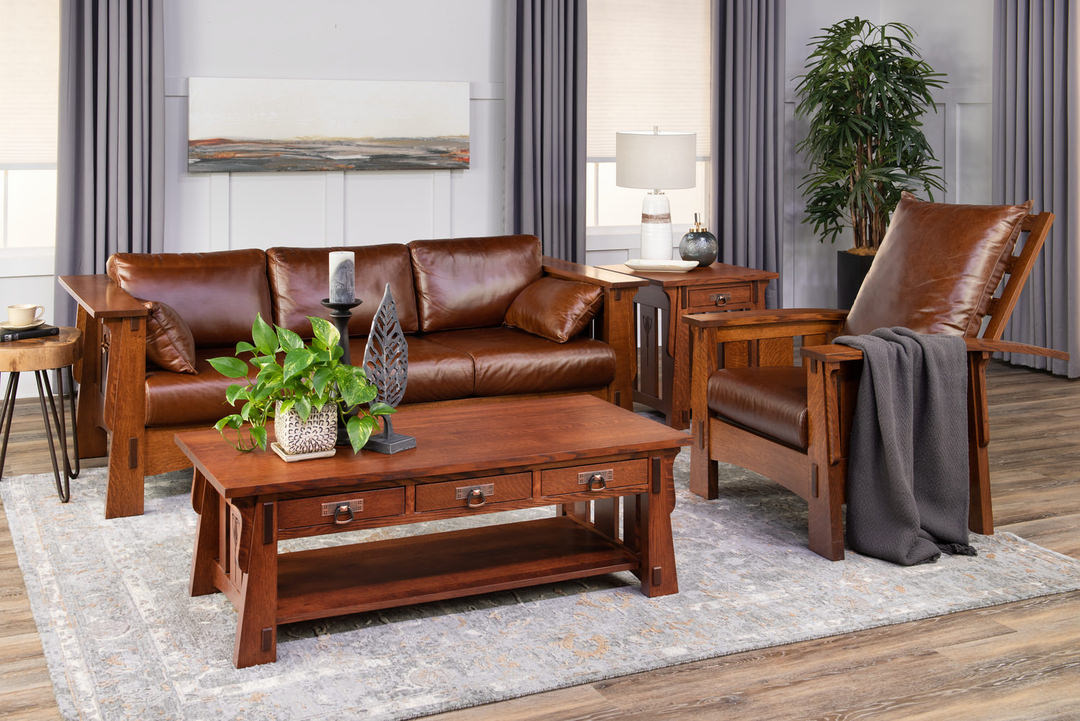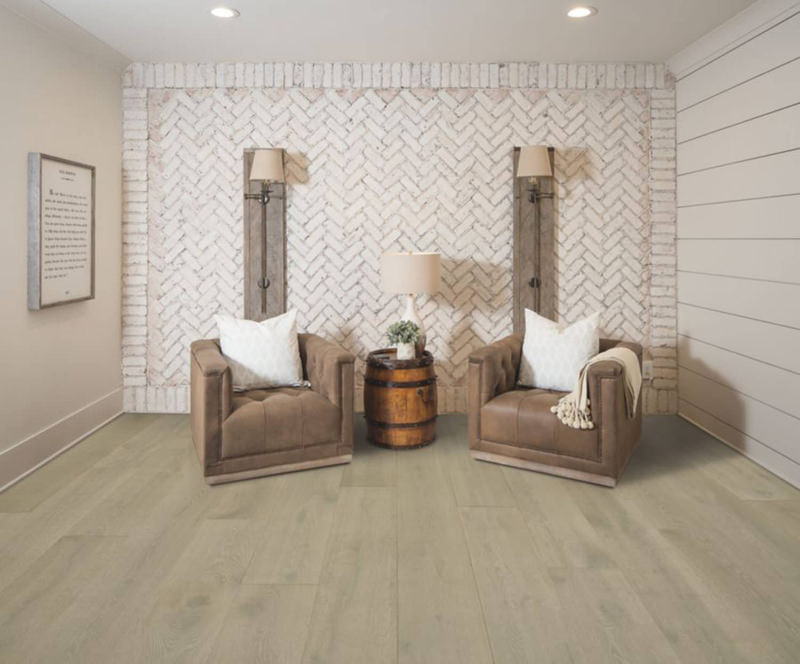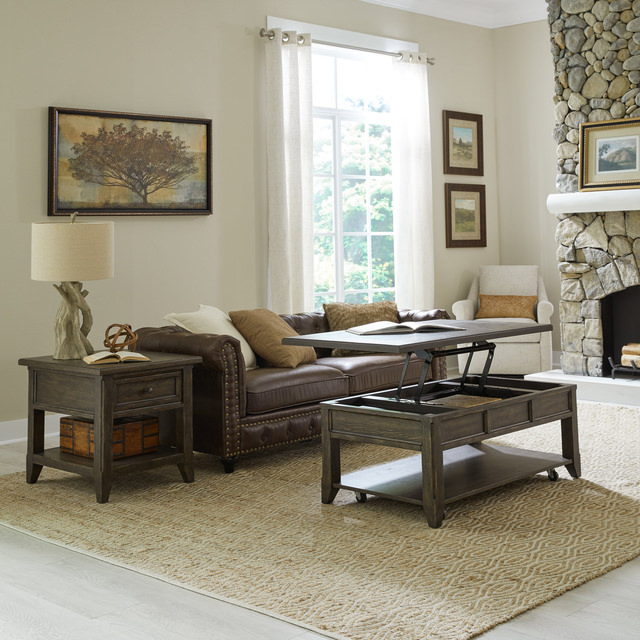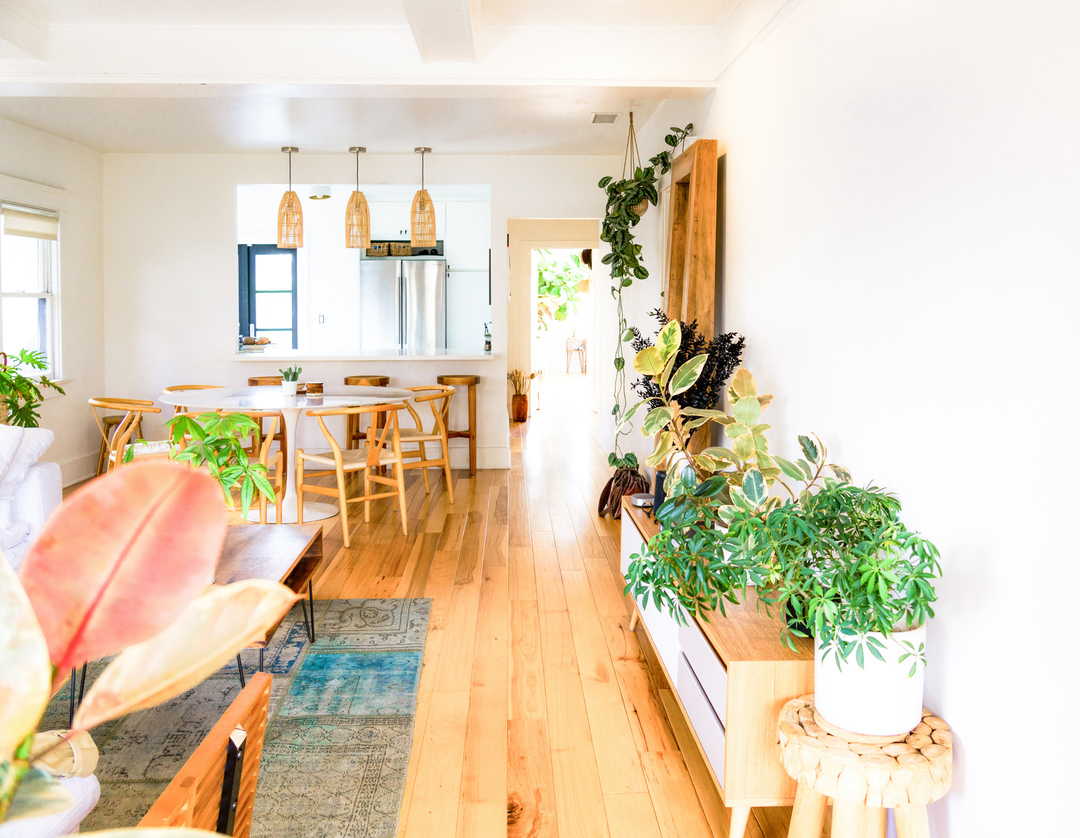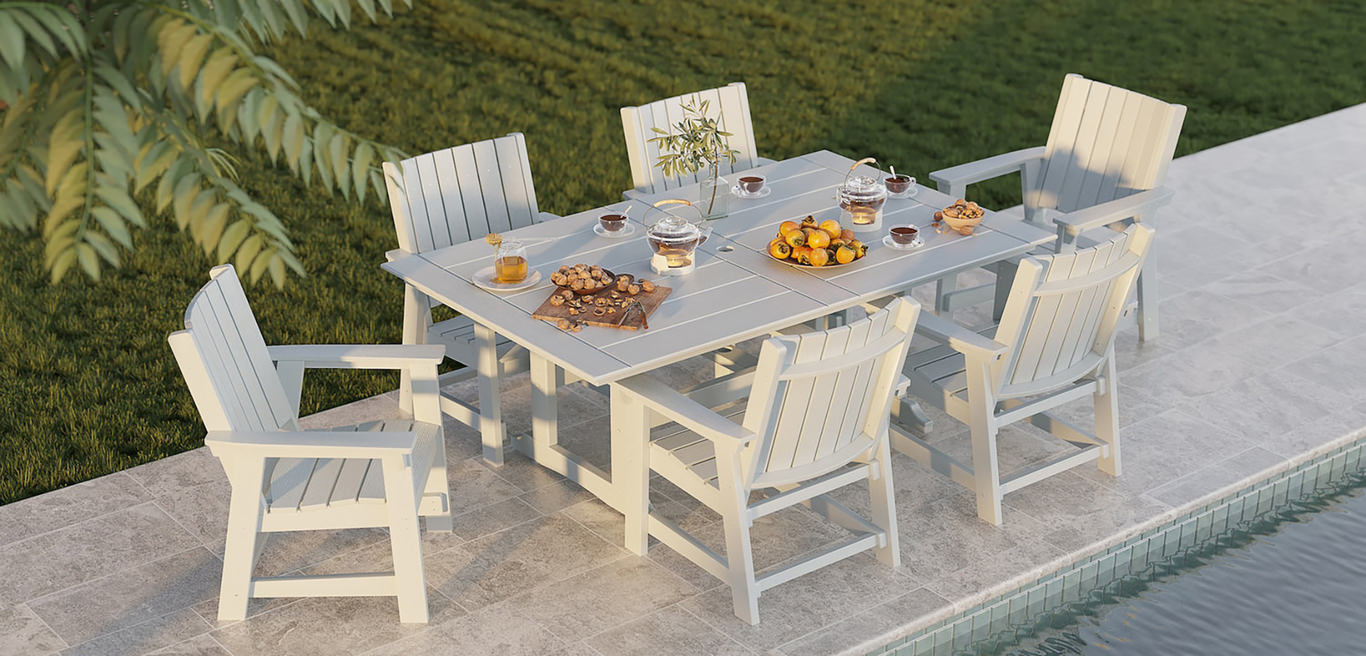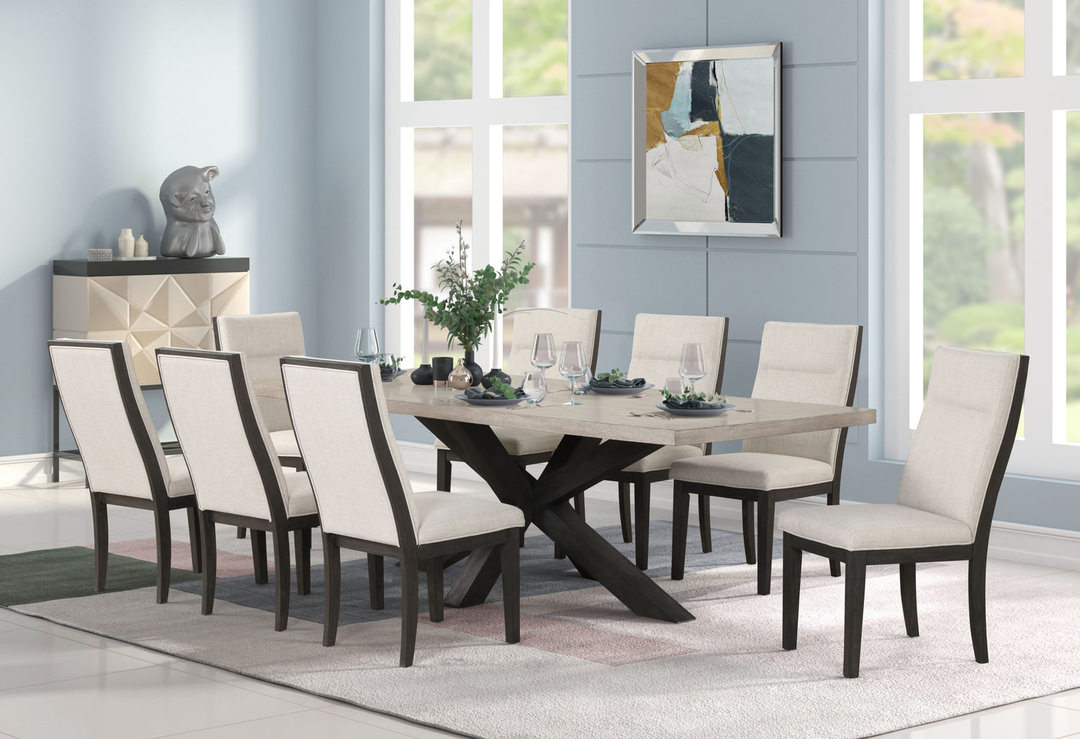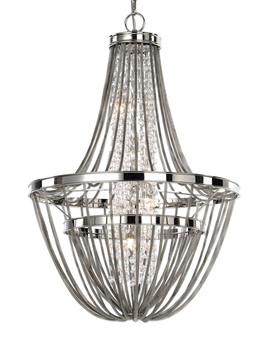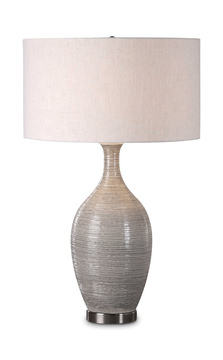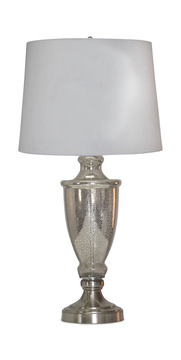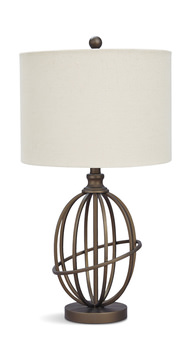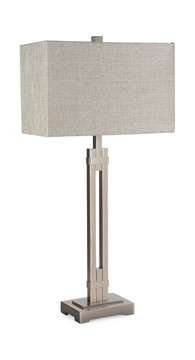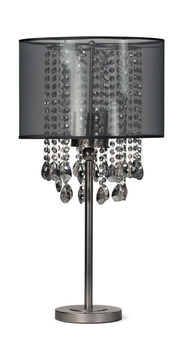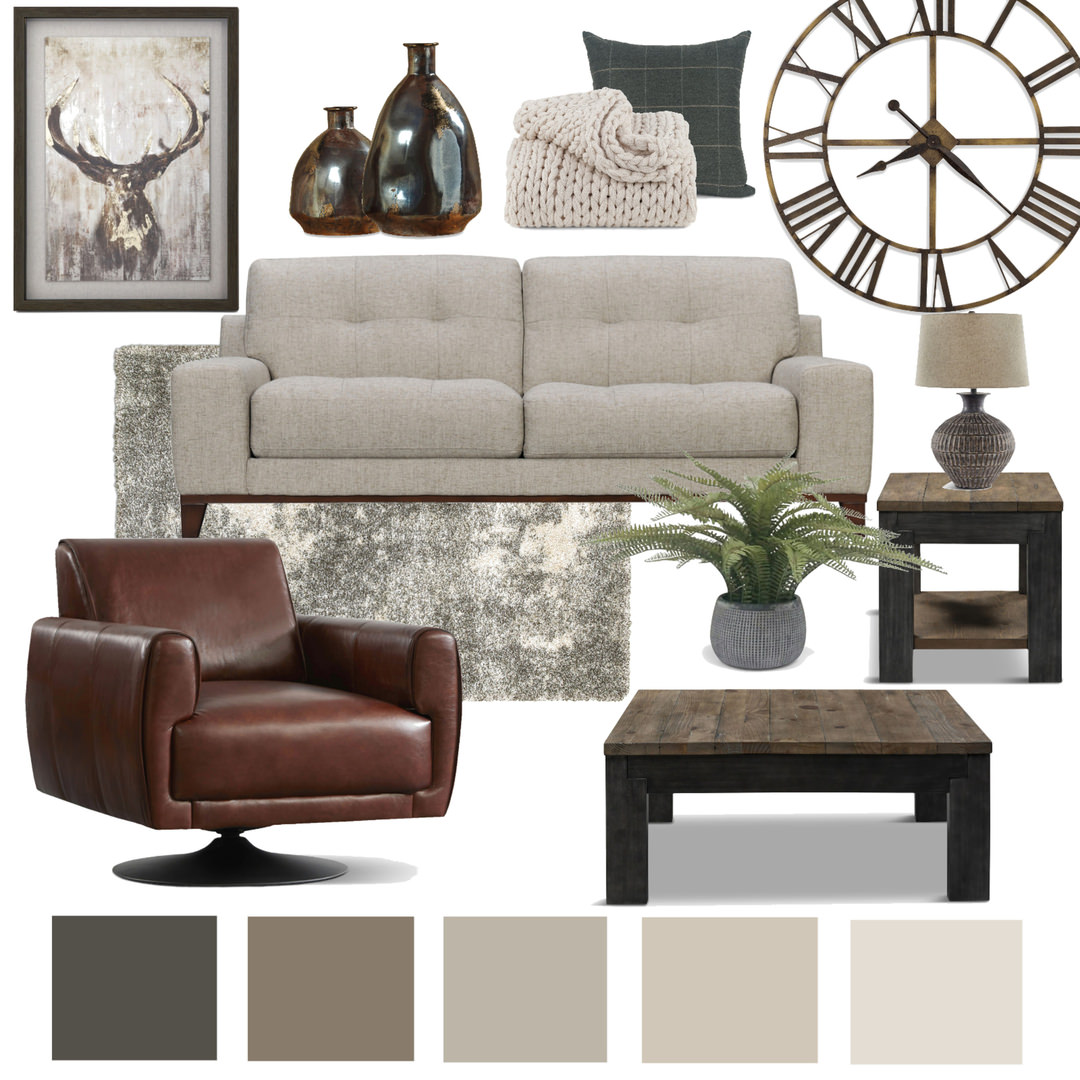Bright Ideas
The hottest lighting trends go beyond the basic lightbulb and ordinary table lamp.
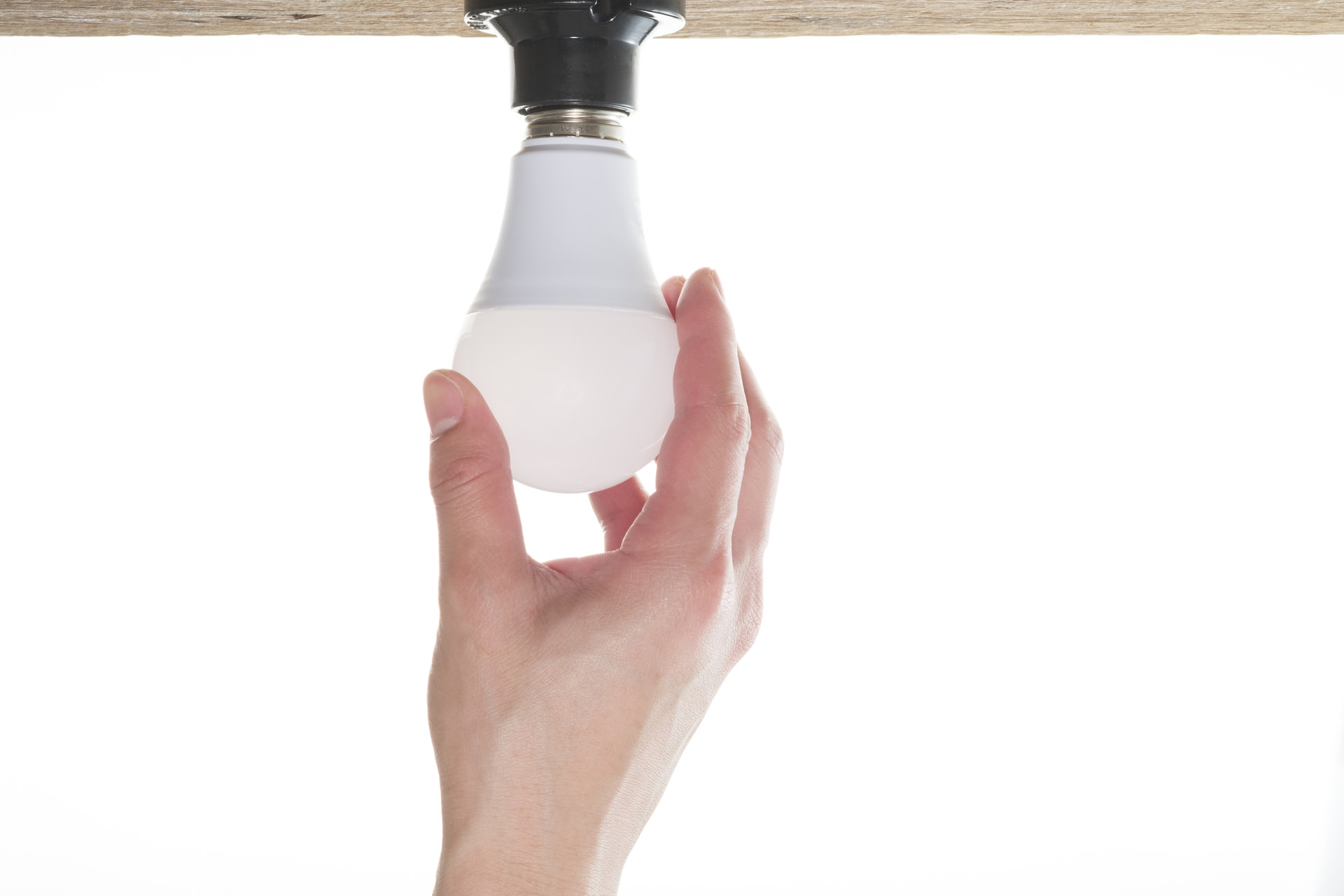
If your living room, or any other room, doesn’t quite have the tone you’d like, maybe it’s time to reevaluate the lighting. Good lighting can make a room, but the wrong lighting stops it short of its potential. Whether you realize it or not, the light around you feeds into your mood, productivity and motivation. Everything from getting up in the morning to enjoying coffee with friends is livened when the light is doing its job.
Light can enhance your decor and make your space more cheerful. If you want to get ahead of the game, don’t make lighting an afterthought in room design. Plan your lighting strategy the same time you’re picking out furniture, or make space in a dreary room for new lighting.
Three Types of Lighting
Lights can illuminate an entire room or serve a more specialized purpose. There are three layers of light that work harmoniously to produce an overall effect.
Ambient lighting provides the room’s overall illumination. Typically, this is ceiling light in the form of chandeliers, light/fan combinations and other fixtures. It includes recessed lights and track lighting. In a room without ceiling fixtures, ambient light can come from a high floor lamp that arcs toward the center of the room.
Because the ceiling reflects ambient light, its color and brightness greatly impact the feel of the room. White ceilings magnify lighting and make a room brighter.
A dimmer is an excellent tool to adjust ambient light to work with other sources for the effect you want.
Task lighting focuses on delivering light to zones. As the name implies, it’s the direct light required for tasks such as food preparation, applying makeup and doing hobby work. It’s provided by desk lamps, low-hanging pendants, cabinet lighting, vanity lights and work lights.
Accent lighting highlights objects such as interesting room features or artwork and other decor. It also provides supplementary light to areas your ambient lighting doesn’t reach. Recessed wall lights, sconces and table and floor lamps can be used this way.
Lighting a Room
Different lighting schemes are appropriate for different rooms, but there are general rules to keep in mind. One of them involves use of overhead lights. While multiple ceiling sources enrich a room, too many, especially too many recessed lights, tend toward shadowing and spotting.
Floor lamps and table lamps are low risk; it’s easy to change if you don’t like the way they’re working. They also offer a high impact at a modest cost. They’re useful in illuminating an empty or awkward corner.
Factor in natural light. A room with small or north-facing windows may require more ambient light even in daytime.
Living rooms are the place where a variety of lights is most likely to be effective. Turn some on or off to alter the mood. Don’t be afraid to mix and match. For example, if you have a sofa with only one end table, there’s no rule against employing a table lamp at one end and a floor lamp at the other. Don’t forget the interesting element candles and lanterns can add, especially on a ledge or mantle.
Dining room light generally centers around a large fixture over the table. A dimmer is particularly useful to brighten the table for game night or soften it for after-dinner coffee and conversation. A floor lamp or two ensure the corners aren’t left in the shadows. As in the living room, candles can shift the mood.
The kitchen requires ambient plus task lighting. Not only do you need good brightness on your counters, possibly from strategically placed high hats and under-cabinet lights, but also a strong overhead light on the table if it’s going to be used for homework and hobbies.
In the bathroom even the ambient light needs to be strong. Recessed fixtures such as high hats work well. A light in the shower is a helpful touch. For task light, lights on both sides of the mirror rather than directly above the sink are less prone to unattractive shadowing.
In the bedroom ambient light need not be as strong. A corner floor lamp can be adequate and calming when the overhead light is off. Whimsical table lamps modeled after favorite characters are great for a child’s room.
A den or office is a natural for task lighting such as a strong table lamp, but don’t ignore the ambient light. You don’t want to feel “in the spotlight” when you’re at your desk.
Don’t forget the hall and foyer. A high hanging or recessed light in the entryway welcomes visitors to your warmly lit home. A chandelier adds a touch of style to a staircase landing.
Shades and Bulbs
You can change the way a light behaves by changing the bulb or lampshade. A translucent lampshade of light fabric or paper is great for reading and contributes to ambient light. A thick, opaque shade accents objects and sets a mood.
Under a lampshade, a frosted or soft white bulb eliminates hot spots and shadows and makes shade clips less visible. Also, don’t forget to turn your shade’s seam toward the wall.
In general, warm white bulbs work best in living rooms and bedrooms, bright white in kitchens, bathrooms, workspaces and garages, and daylight for studies and for illuminating nooks and corners.
